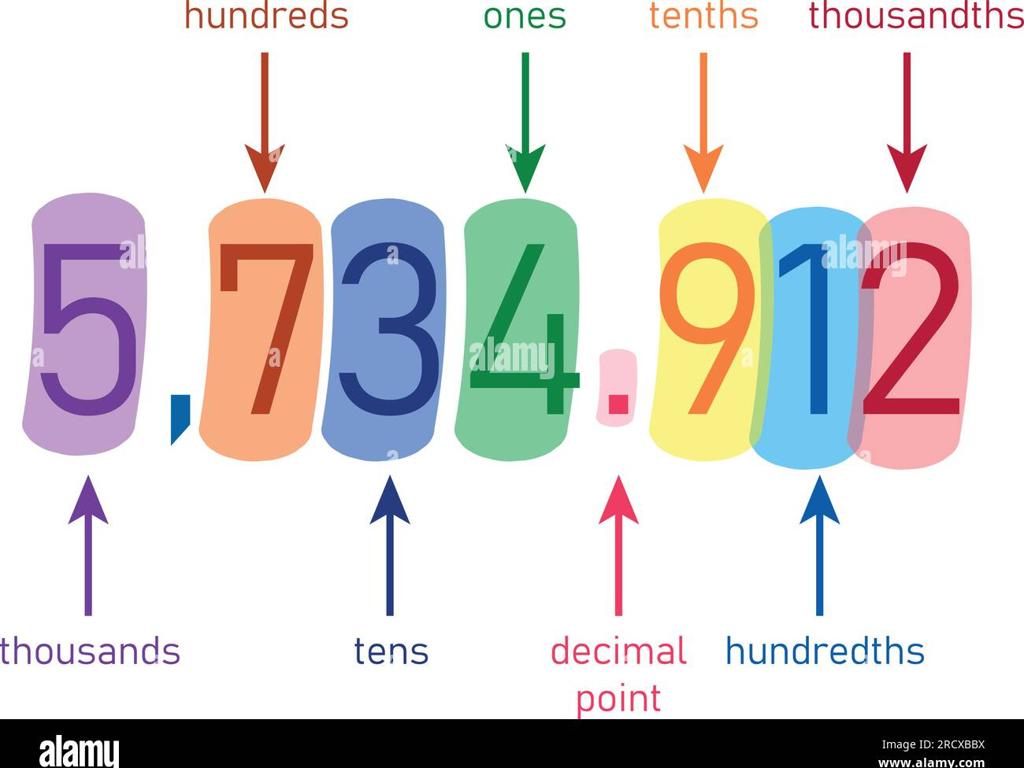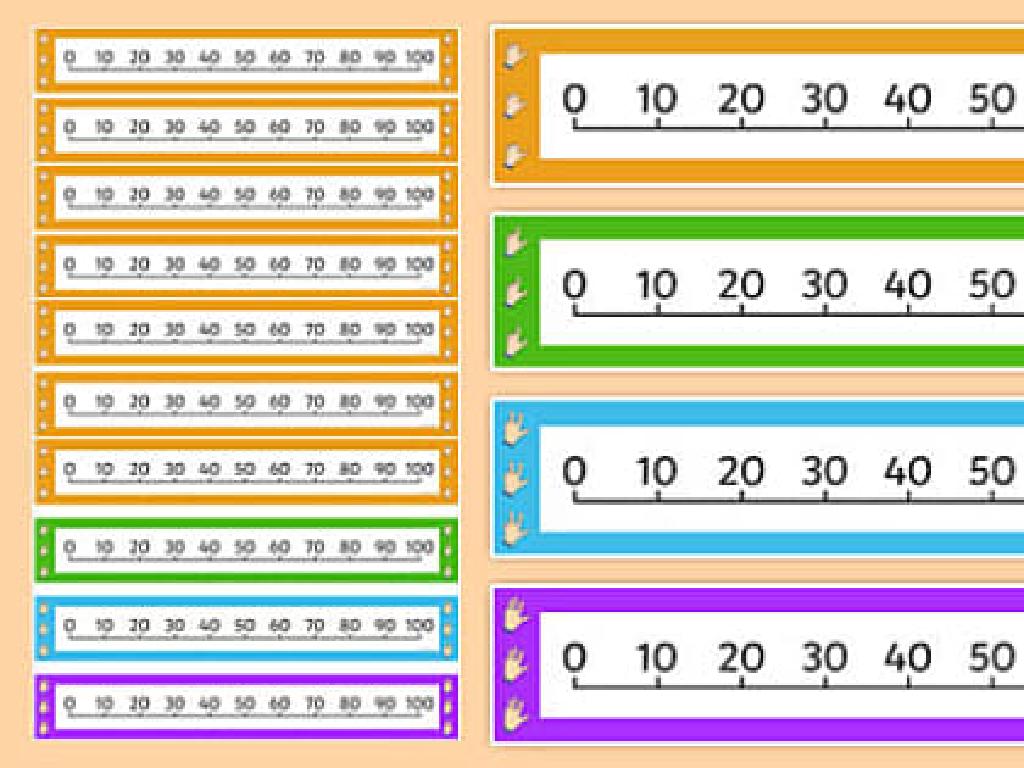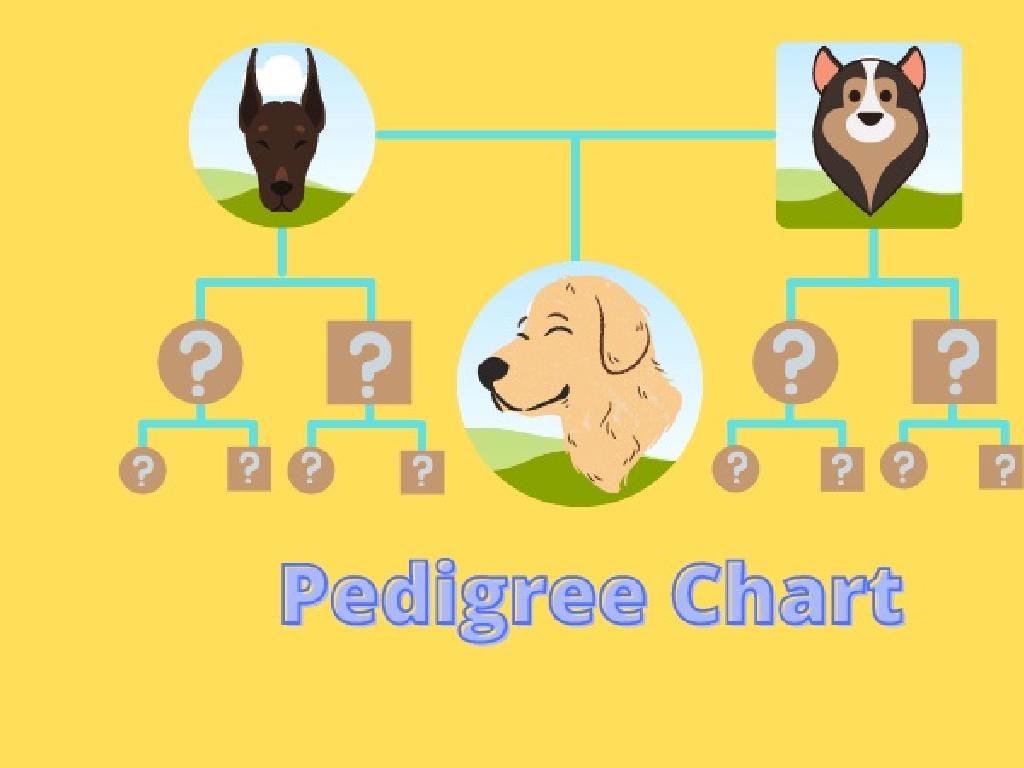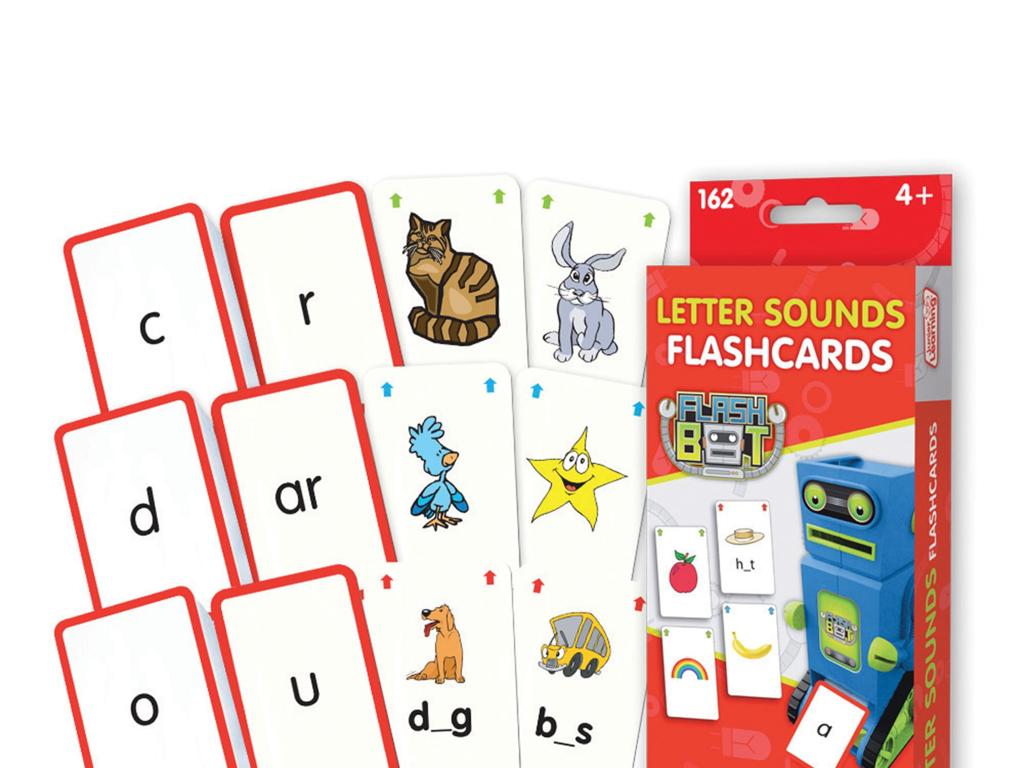Identify Relevant Sources
Subject: Language arts
Grade: Eighth grade
Topic: Research Skills
Please LOG IN to download the presentation. Access is available to registered users only.
View More Content
Introduction to Research Skills
– Importance of research
– Research builds knowledge and facilitates learning.
– Defining research skills
– Research skills are tools to gather information effectively.
– Focus: Identifying sources
– Learn to find and use sources that matter for your topic.
– Criteria for relevance
– Relevance depends on the topic, credibility, and date of publication.
|
This slide introduces students to the foundational concepts of research skills, emphasizing the significance of research in academic and real-world contexts. It’s crucial to explain that research skills encompass the ability to locate, evaluate, and use information appropriately. Today’s lesson will concentrate on identifying relevant sources, which is a key step in the research process. Teach students to assess the relevance of a source by considering its alignment with their research topic, the authority and credibility of the information, and its timeliness. Provide examples of relevant and irrelevant sources to illustrate the criteria. Encourage students to ask questions and think critically about the sources they choose to include in their research.
Identifying Relevant Sources
– Define ‘Source’ in research
– A source provides information or evidence for research.
– Primary vs Secondary sources
– Primary: original materials. Secondary: analysis or interpretation.
– Examples of each source type
– Primary: diaries, speeches. Secondary: textbooks, articles.
– Evaluating source relevance
– Consider the source’s credibility, perspective, and timeliness.
|
This slide introduces students to the concept of sources within the context of research. A source is any material that provides information used to support arguments or provide evidence in research. Primary sources are original, uninterpreted information. Secondary sources involve analysis, interpretation, or a second-hand account of primary sources. Provide examples such as diaries or speeches for primary sources, and textbooks or review articles for secondary sources. Teach students to evaluate the relevance and reliability of sources by considering the author’s credentials, the source’s perspective, and its currency. This foundational knowledge is crucial for developing strong research skills in language arts.
Evaluating Source Relevance
– Understanding source relevance
Relevance determines if a source fits your research needs.
– Criteria for source evaluation
Check for credibility, accuracy, and timeliness of the source.
– Practice with real examples
Use examples to identify key points that relate to your topic.
– Importance of relevant information
Relevant sources strengthen your research and arguments.
|
This slide aims to teach students how to determine the relevance of sources for their research projects. Start by explaining what makes a source relevant, such as its connection to the research question and its contribution to understanding the topic. Discuss criteria such as credibility, which involves the reputation of the author and publisher; accuracy, which pertains to the correctness of the information; and timeliness, which considers the currency of the data. Engage students with practice exercises using real-life examples to identify relevant information. Emphasize the importance of selecting sources that directly support their research to build strong, credible arguments. Encourage students to always question the relevance of each source they consider.
Credibility and Reliability of Sources
– Assessing source credibility
– Check the author’s credentials and publication date.
– Why reliable information matters
– Accurate information supports valid conclusions.
– Tips to verify reliability
– Cross-check facts with multiple trusted sources.
– Practice evaluating sources
– We’ll review examples and criteria for credibility.
|
This slide aims to educate students on the importance of using credible and reliable sources in their research. Start by explaining how to assess the credibility of a source, including looking at the author’s qualifications, the publication date, and the publisher’s reputation. Emphasize why it’s crucial to have reliable information, as it forms the foundation of sound research and informed arguments. Provide students with practical tips for verifying the reliability of information, such as cross-referencing with other reputable sources. Finally, engage students with activities to practice evaluating the credibility of various sources, reinforcing the skills needed to discern quality information in their research.
Finding Reliable Research Sources
– Explore different source locations
– Libraries, databases, and credible websites are key places to start.
– Utilize libraries and databases
– Libraries offer books and journals, while databases provide articles and papers.
– Navigate the internet wisely
– Use search engines and academic sites, and evaluate the reliability of online information.
– Assess source credibility
– Check the author’s credentials, publication date, and references to ensure credibility.
|
This slide aims to equip students with the skills to identify and utilize various sources for their research projects. Emphasize the importance of starting with familiar and reliable places such as school libraries and academic databases. Teach students how to use keywords and filters to find relevant information. Discuss the critical evaluation of internet sources, focusing on the author’s expertise, the timeliness of the information, and the presence of citations. Encourage students to practice discerning good sources from unreliable ones and to always cross-check information. Provide examples of credible websites and databases suitable for their grade level.
Evaluating Online Sources
– Challenges of online research
– Overload of information, varying reliability
– How to evaluate websites
– Check author’s credentials, site’s domain
– Criteria for credible articles
– Look for citations, publication date, bias
– Activity: Assess website credibility
– Review a given website’s trustworthiness
|
This slide introduces students to the complexities of conducting research online and provides them with strategies to evaluate the credibility of websites and articles. Emphasize the importance of critical thinking when navigating through the vast amount of information available online. Discuss the credibility of authors, the purpose of the website, and the presence of supporting evidence as key indicators of a reliable source. For the activity, provide students with a website to review. They should check for authorship, the accuracy of information, bias, and the date of publication to determine if the site is a credible source for their research. Offer a list of websites for students to evaluate, ensuring a mix of both credible and less reliable sources to help them apply their critical thinking skills.
Citing Sources in Research
– Understanding citation importance
– To acknowledge original work and avoid plagiarism.
– Exploring different citation styles
– MLA, APA, Chicago – each has unique formatting rules.
– Practice: Crafting a citation
– Use a book or article to create a citation example.
|
This slide introduces the concept of citing sources, which is crucial for academic integrity and respecting intellectual property. Explain why citations are necessary, highlighting the prevention of plagiarism and the importance of giving credit to original authors. Introduce the most common citation styles (MLA, APA, Chicago) and their contexts of use. For the practice activity, guide students to select a book or article and create a citation in one of the styles discussed. Provide detailed examples of each citation style and encourage students to notice the differences in format. This exercise will help them understand the practical application of citation rules in their research work.
Class Activity: Source Scavenger Hunt
– Understand the scavenger hunt rules
– Work in groups to find sources
– Collaborate to locate various sources
– Identify which sources are relevant
– Use criteria to determine relevance
– Prepare to present your findings
– Share insights and source relevance
|
This interactive class activity is designed to engage students in the practical application of research skills. Students will work in groups to identify relevant sources for a given topic, using criteria such as credibility, accuracy, and relevance to the topic. The scavenger hunt will encourage students to explore different types of sources, including books, articles, and websites. After the activity, each group will present their findings to the class, explaining why they selected each source and how it is relevant to their research. This will not only help them understand the importance of source selection but also enhance their presentation skills. Possible activities include finding sources on a specific historical event, evaluating the reliability of online sources, or comparing news articles from different perspectives.
Conclusion: The Power of Research
– Recap: Identifying Sources
– Importance of Research Skills
– Strong research skills are crucial for academic success and informed decision-making.
– Engage in Q&A Session
– Feel free to ask any questions or share thoughts about today’s topic.
– Reflect on Today’s Learning
– Think about how you can apply these skills to your future assignments.
|
As we conclude today’s lesson on identifying relevant sources, it’s important to emphasize the value of strong research skills. These skills empower students to seek out credible information, discern fact from opinion, and build a solid foundation for their arguments and understanding of various topics. Encourage students to ask questions about anything they may not fully understand or wish to explore further. This Q&A session is an opportunity for clarification and deeper engagement with the material. Reflecting on what they’ve learned today, students should consider how they can apply these research skills to their upcoming projects and throughout their academic journey.






